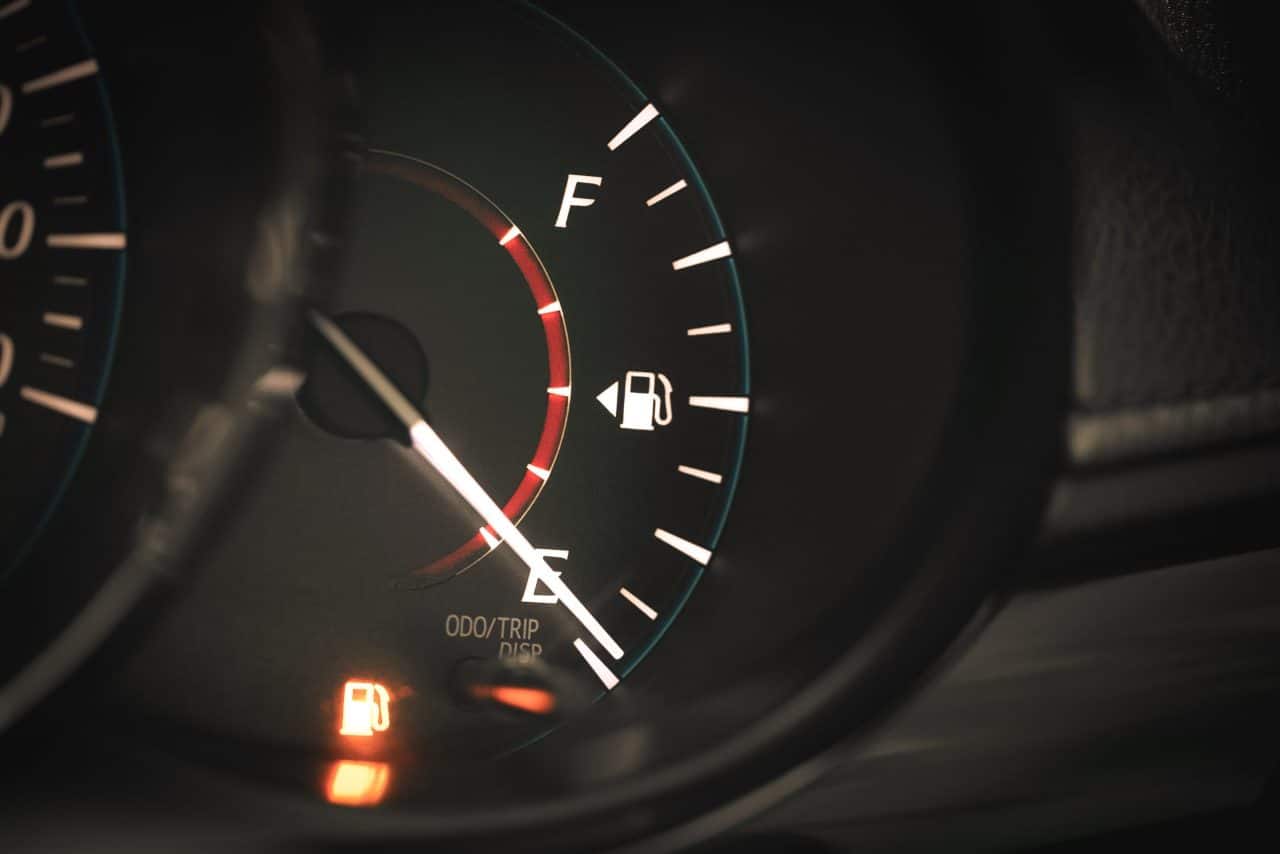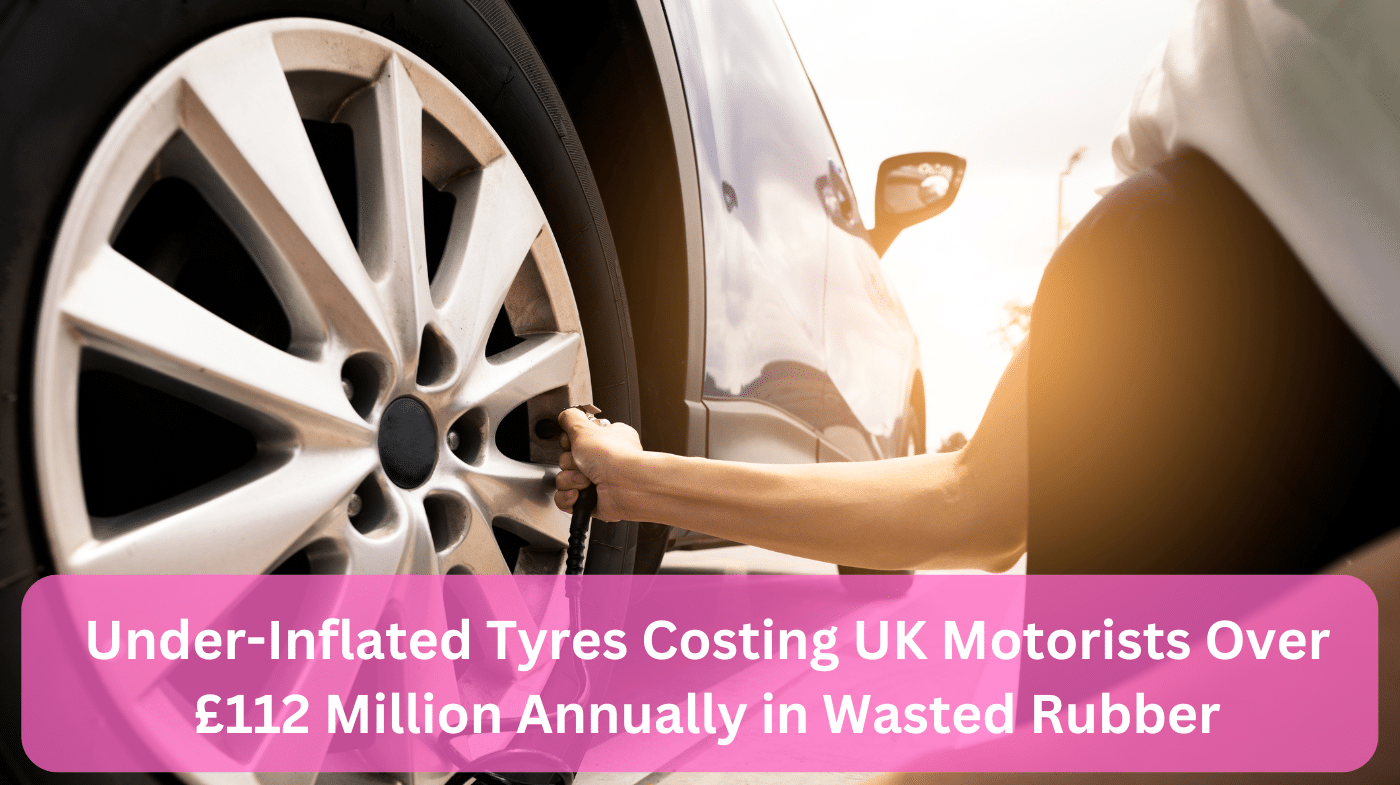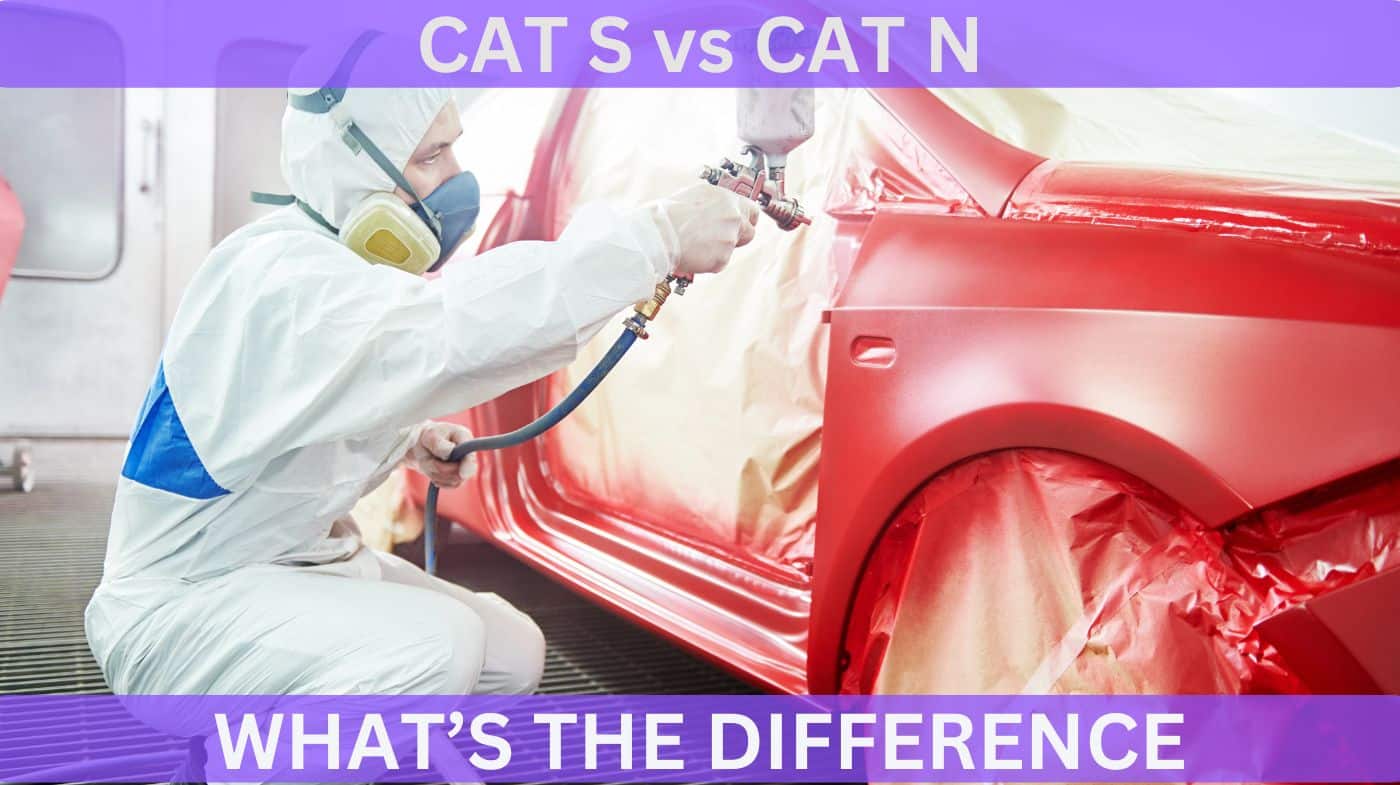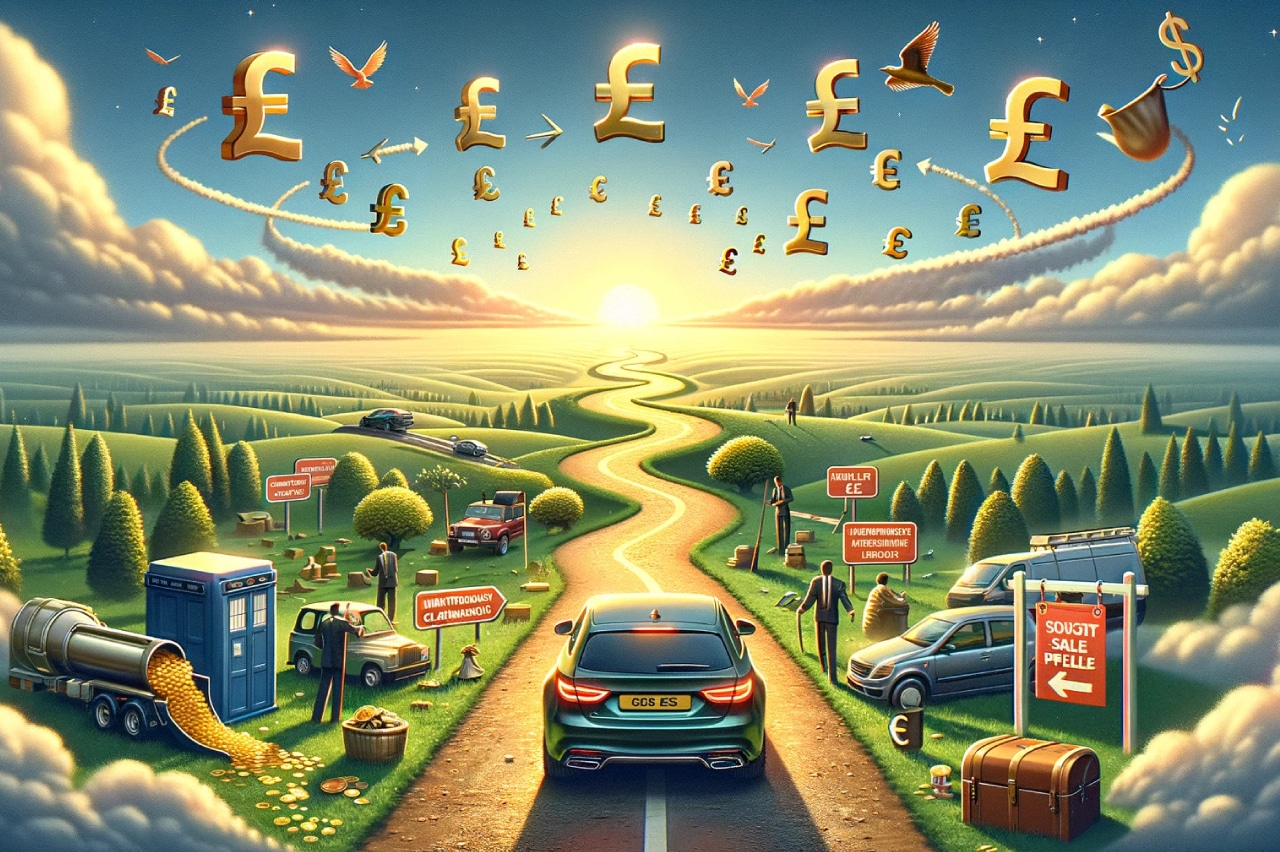It is no secret that consumers are paying more at the pump than ever before. As the prices of petrol and diesel continue to rise, drivers have begun to feel what can only be called a pronounced financial pinch. In order to better appreciate where we may be headed, it is first important to understand pertinent historical data. Let us quickly examine petrol and diesel prices between May 2012 and May 2022. We can then move on to discuss the reasons behind these rate increases as well as what the future may have in store.
Historical Petrol and Diesel Prices Over the Past Ten Years
First and foremost, let’s briefly list the prices of petrol (in pence per litre) beginning in May 2012 until the present in yearly increments (1):
- May 2012: 135.77
- May 2013: 133.17
- May 2014: 129.42
- May 2015: 115.74
- May 2016: 109.12
- May 2017: 115.67
- May 2018: 125.93
- May 2019: 128.51
- May 2020: 105.09
- May 2021: 127.89
- May 2022: 162.48 (as of 2 May)
Note that these prices are associated with super unleaded petrol. Now, let’s list the annual prices of ultra-low sulphur diesel during the same time period:
- May 2012: 140.49
- May 2013: 138.54
- May 2014: 136.37
- May 2015: 120.59
- May 2016: 109.30
- May 2017: 117.65
- May 2018: 130.04
- May 2019: 136.45
- May 2020: 111.76
- May 2021: 131.52
- May 2022: 177.06 (as of 2 May)
It is now clear that while there have been fluctuations in regard to both petrol and diesel, the prices have generally risen over the past decade. What are some of the reasons why consumers are now paying more at the pump?
A Breakdown of Where Each Pound Spent on Fuel Goes
The price of fuel can be segmented into three main categories (2):
- Wholesale, retail and distribution sales margins.
- Stamp duty.
- VAT.
We should mention here that wholesale and retail profits are included within the first section. It is interesting to observe that while VAT rates have remained virtually the same over the past seven years, wholesale and retail sales margins have steadily increased. This is due to the fact that VAT rates are charged at a flat 20 per cent of the wholesale price and the duty.
Why is Diesel Now More Expensive than Petrol in the UK?
Although it is clear that both commodities have risen in terms of cost, why is it that diesel seems to have become more expensive than petrol? Many experts note that this arises from domestic refineries being incapable of meeting current demand. In other words, diesel must be imported from elsewhere (3).
Furthermore, the additives that diesel requires to combust during the colder months of the year can impact its price. It should likewise be highlighted that global economic tensions (such as those currently existing between Russia and the United Kingdom) are likely to ratchet prices up even more in the near future. Of course, politics will also come into play. The bottom line is that consumers are now paying more for their petrol and diesel than ever before.
Moving Towards Electric Vehicles
It is now clear to understand why a growing number of consumers are switching to electric vehicles. Perhaps you are considering a similar approach. If so, it is wise to contact Sell My Car to obtain a free valuation of your vehicle. You will then be able to appreciate to know if an electric alternative is a realistic option.
Sources:
1. https://www.gov.uk/government/statistics/weekly-road-fuel-prices
2. https://www.ons.gov.uk/economy/inflationandpriceindices/articles/fuelpricesexplainedabreakdownofthecostofpetrolanddiesel/2016-01-22
3.https://www.autoexpress.co.uk/news/93906/fuel-retailers-keep-4p-litre-out-5p-duty-cut-aimed-drivers






